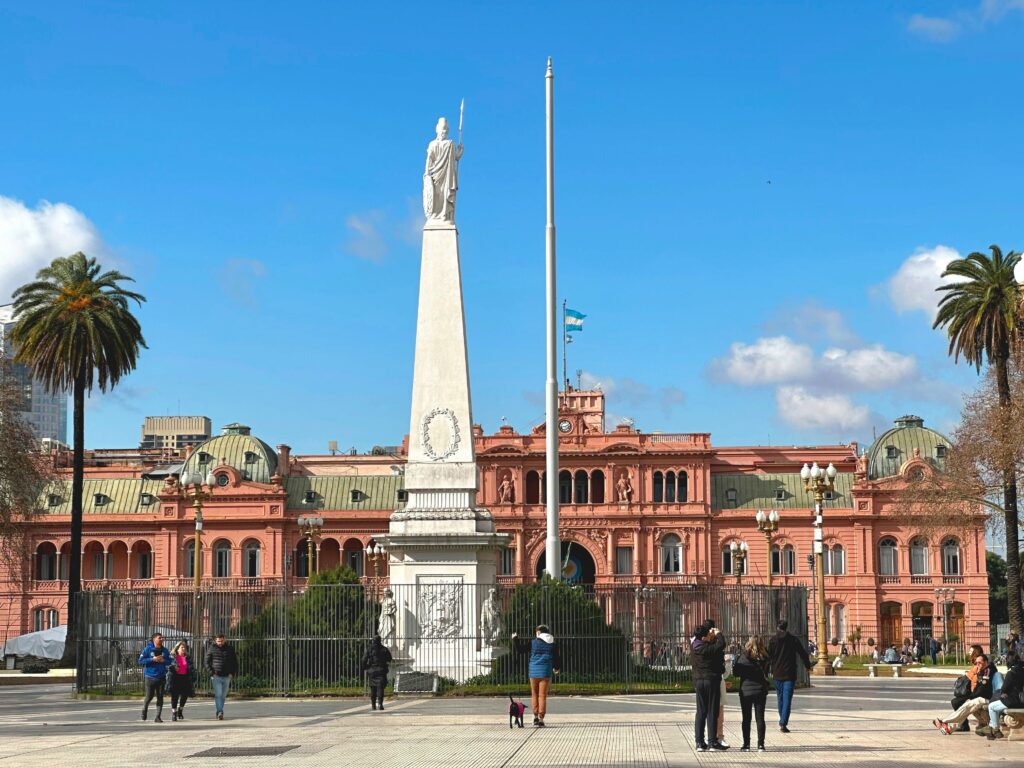Stablecoins are a crucial component of the digital financial ecosystem, combining the efficiency of cryptocurrencies with the stability of traditional fiat currencies. Unlike volatile assets such as Bitcoin or Ethereum, stablecoins are designed to maintain a stable value, typically pegged to robust currencies like the U.S. dollar or the euro.
These characteristics allow stablecoins to act as a bridge between the traditional financial system and the digital world, mitigating the risks associated with extreme price fluctuations. Users benefit significantly from reduced costs, as stablecoins eliminate intermediaries while providing liquidity and stability to the markets.
Stable digital currencies are increasingly being integrated into the decentralized finance (DeFi) sector, where their value proposition shines in activities like lending, yield generation, and smart contracts. They are driving innovation in financial services by operating without intermediaries. In Mexico, stablecoins have gained greater visibility, thanks to the country’s unique characteristics and financial landscape.
As highlighted in our LatAm Blockchain Report 2025, Mexico’s inflation eased to around 4.7% in 2024, down from 7.9% in 2022. Despite this improvement, stablecoins pegged to the US dollar continue to be a popular choice for preserving value and facilitating dollar transfers. This is primarily due to persistent concerns over peso volatility and the growing desire for exposure to more stable currencies. Consequently, dollar-backed stablecoins, along with Tether’s peso-pegged MXNT, have seen a significant rise in use, especially for cross-border payments and daily transactions. These trends underscore the increasing role of stablecoins in providing stability amidst a fluctuating economy and a volatile local currency.
Supporting these findings, Bitso’s Crypto Landscape in Latin America report reveals that stablecoins accounted for 36% of cryptocurrency purchases in Mexico during the first half of 2025, with USDC making up 25% and USDT 11%. While this figure is still below the regional average of 46%, it signals strong growth potential for the crypto ecosystem in Mexico, reinforcing the importance of stablecoins in the country’s financial landscape.
Why stablecoins are growing in Mexico
Mexico faces challenges in financial inclusion. Despite its prominence in the regional economy, official data from 2021 indicates that only 68% of the population over the age of 18 had, or had ever had, access to a financial product. Given its large population and vast territory, technology has become a key tool in bridging this gap, especially through the use of stablecoins.
One of the factors driving the adoption of stablecoins in Mexico is the country’s position as one of the world’s largest recipients of remittances, accounting for 10% of the global total in 2023. This has opened up an area of opportunity where digital providers are helping reduce the high costs of remittance transfers, which averaged $4.47 per transaction in 2024.
Another key factor contributing to the growth of stablecoins is the volatility of the Mexican peso. The currency is known for its significant fluctuations against the U.S. dollar and other assets, both upwards and downwards. During times of uncertainty, stablecoins offer an alternative that helps preserve purchasing power in transactions without the need for costly financial products.
In essence, Mexico offers a vast market for these assets, which could become firmly established in the medium term. This is driven not only by remittance flows and the search for alternatives to exchange rate volatility but also by the expanding DeFi ecosystem, with fintechs, traditional banks, and crypto platforms (including some of the largest in the world) contributing to the trend.
Stablecoins as a B2B resource
In Latin America, this trend mirrors the broader rise in stablecoin adoption. According to Bitso’s From Barriers to Bridges report, during the first half of 2025, stablecoins accounted for 45% of the volume processed by Bitso Business in corporate operations—such as currency exchange, treasury management, and arbitrage—surpassing remittances for the first time in importance within the corporate segment. This shift reflects the growing trust in stablecoins, not only as a store of value but as a critical financial tool for businesses operating across borders.
The same report underscores the increasing integration of stablecoins in emerging sectors, with payment aggregator clients growing by 68%, and transaction volumes in the gaming industry expanding by an impressive 5.3 times. What was once seen merely as a vehicle for transferring value has now evolved into a vital instrument for B2B operations and digital ecosystems. As a result, stablecoins are becoming indispensable in both the corporate and everyday financial landscapes in Latin America, particularly in countries like Mexico, where economic uncertainty fuels demand for alternative, stable financial solutions.
Towards a harmonious ecosystem
The data and context suggest a structural shift towards stablecoins, transitioning from being an alternative to becoming a core component of Latin America’s financial infrastructure. Mexico, with its role as a bridge between North and South America, is well-positioned to capitalise on the favourable growth conditions.
If the country continues to advance in its adoption of stablecoins, as suggested by the data, and maintains a vision of clear, modern, and flexible regulation, it has the potential to attract greater investment in digital finance. This could foster innovation and establish Mexico as the regional hub for international payments, DeFi services, and financial inclusion solutions.
A doorway to opportunity
Mexico offers a promising environment for digital companies seeking to enter the Latin American market. With its combination of historical factors and a rapidly growing fintech ecosystem, as well as its strong connectivity to the United States, the country serves as a strategic gateway for companies looking to capitalise on technological momentum.
Having specialised advisory support in communication and positioning can be crucial in accelerating adaptation and strengthening brand presence. Sherlock Communications’ experience in Latin American markets and emerging technology sectors can be a valuable asset for companies looking to seize these opportunities.





